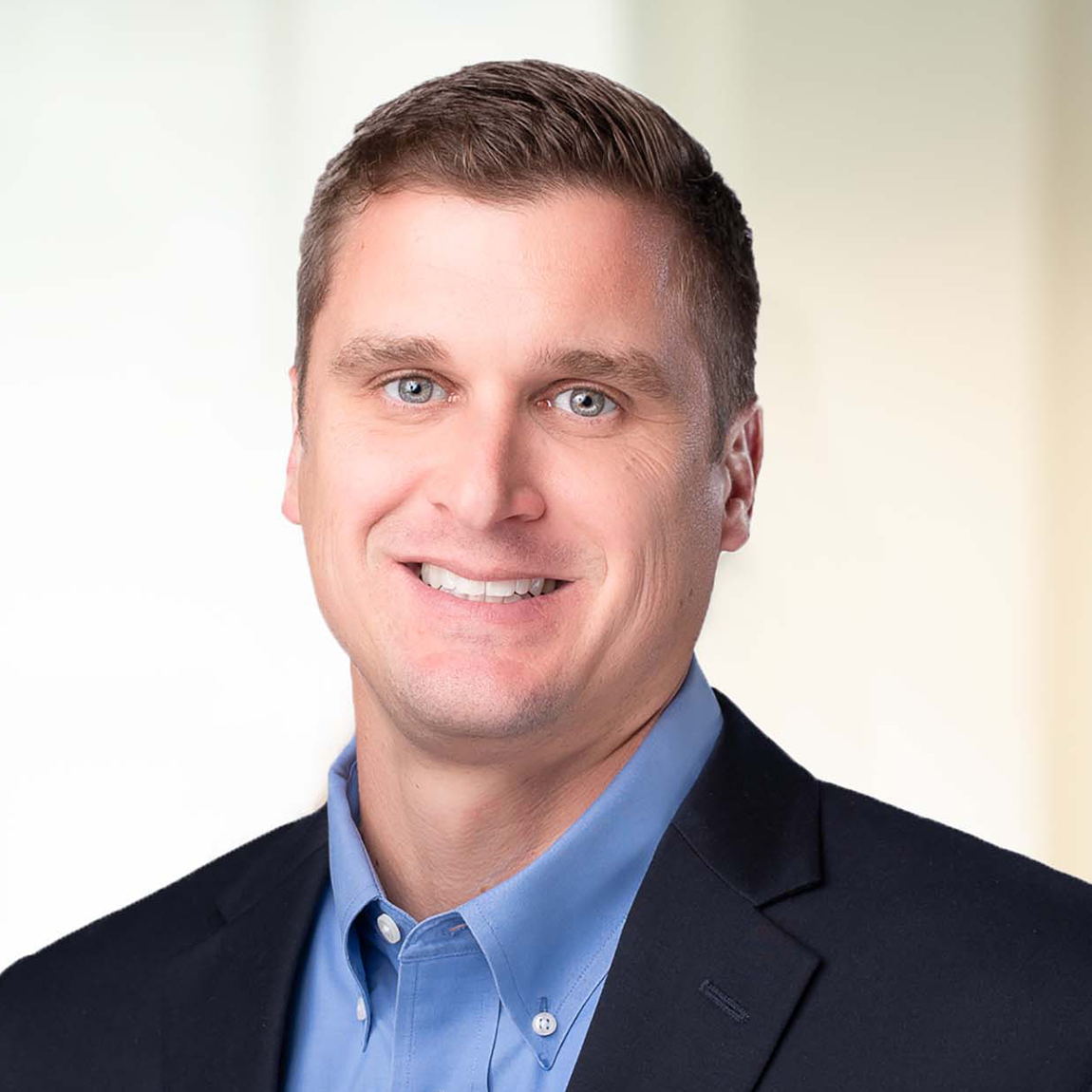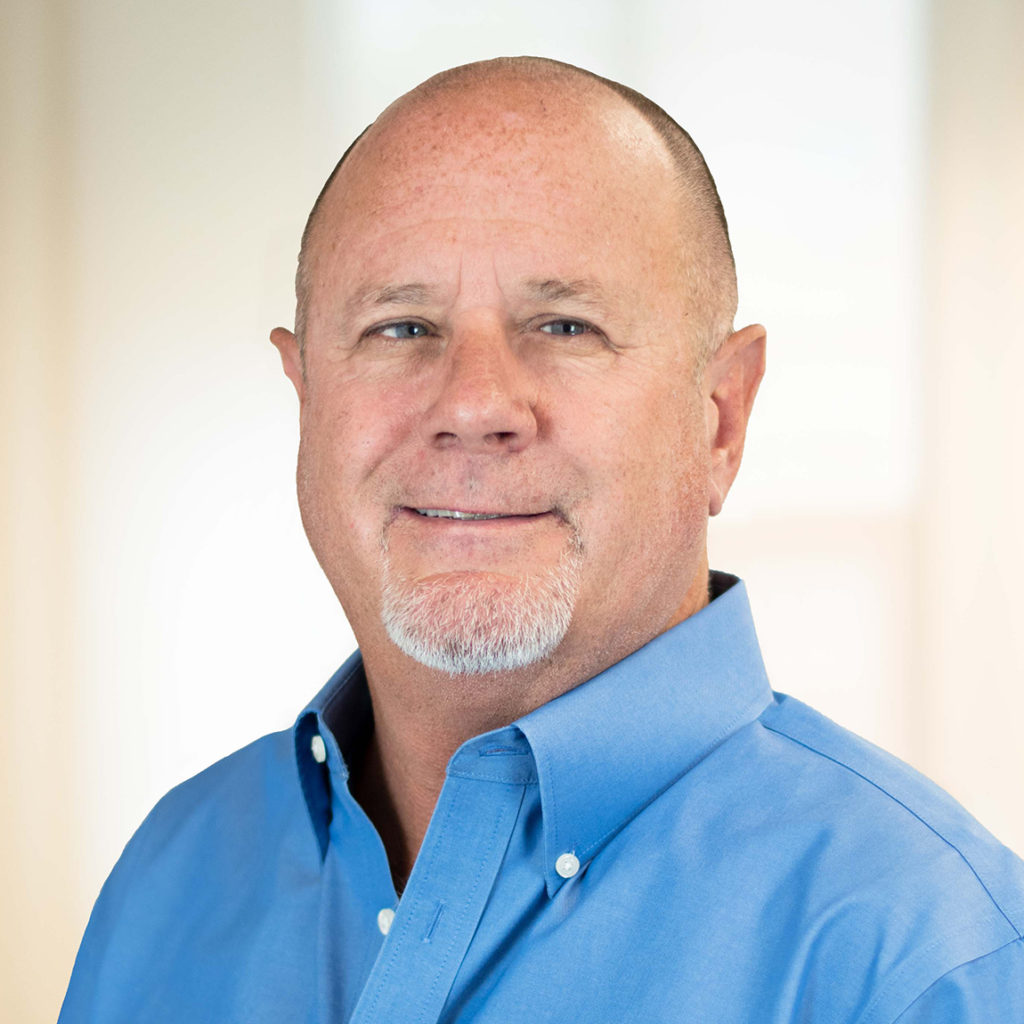
Announcing Our Austin Office
Our Industry
Kevin Foltermann (VP, Texas) spoke to Construction Dive about W.E. O'Neil's future, the addition of dedicated contech professionals, and more.

Kevin Foltermann, Vice President of our Austin office, was interviewed by Construction Dive. Full article text below.
To read on Construction Dive, click here.
When Chicago-based builder W.E. O’Neil acquired Austin, Texas-based DCA Construction in 2022, it opened a door for DCA Partner Kevin Foltermann.
Now the vice president of Texas for W.E. O’Neil and the head of the contractor’s new Austin office, Foltermann believes that the firm has a lot more opportunity and resources than it did prior to the transaction.
Here, Foltermann sat down with Construction Dive and discussed the acquisition of DCA Construction, the resources his team has access to and what he sees for the Austin construction market.
Editor’s Note: This interview has been edited for brevity and clarity.

Kevin Foltermann
CONSTRUCTION DIVE (CD): What’s it like when a smaller contractor merges with a larger contractor?
KEVIN FOLTERMANN: It brings a lot of opportunities.
Being a small shop down here, we’ve been competing for midsize projects to get into the larger project zones. We’ve made it to the final interviews on several larger projects, and a lot of times what comes up is your bench depth.
You have one good team in DCA, but if something happened to that team — your lead superintendent got hit by a bus, or your lead project manager fell off a cliff — who’s gonna finish the project?
With W.E. O’Neil, we have an added bench depth nationwide of experts in all realms of construction, from office, multifamily, medical, aviation. A wealth of knowledge, a larger bench for the employees and staffing projects.
We’re now leveraging those resources down here.
CD: Are you noticing an increase in the size of the projects you’re doing?
There’s a couple of factors in there.
 Despite the number of tower cranes you see in Austin, with the work from home aspect of things, office has really slowed down for us in this market. You’ll still see some offices, but a lot of them are going to have a residential aspect to it. Those opportunities take several years to develop.
Despite the number of tower cranes you see in Austin, with the work from home aspect of things, office has really slowed down for us in this market. You’ll still see some offices, but a lot of them are going to have a residential aspect to it. Those opportunities take several years to develop.
We’re working on some larger projects right now that are approaching upwards of $60 million to $100 million, but they’re not going to start immediately. There’s not going to be an immediate jump to, “Oh hey, we’re W.E. O’Neil, and now we’re doing a $100 million job.”
But we have some opportunities. We’re working with clients to get those over the starting line and maybe in 2025, we’ll see an increase in the size of the contract values that we have.
CD: You brought up your new tech access. What’s it like as a midsize firm to have access to these technologies and tools?
There were several projects that were in the $30 million range as DCA, and some of those had BIM coordination services required on them.
I’d have to hire somebody to do the BIM. That person wasn’t an employee of our firm, it was a subcontractor. We were able to do it successfully, but there’s something to be said about having it in house and they’re part of the team.
When you have that person on your team that’s invested in the project, everybody’s got buy in. So now I have my VDC manager, my BIM coordinator. The success of the project affects them financially, so I feel you just get more commitment out of that.

Randy Don Carlos
CD: What should midsize contractors be looking at to determine if a merger is right for them?
There’s sustainability of the business.
As a contractor and a private owner, you’re employing your entire staff. You can’t just think about yourself or your retirement. You have to think about sustainability for everybody you employ.
That was one of the big things that Randy Don Carlos, another DCA executive, and I talked about: How do we extend the life of the business and ensure these people have a place to work when we decide to hang up our construction hats.
CD: What should people know about the Austin construction market?
Construction is still hot, even though interest rates are rising and construction costs are rising. Our clients are still out there driving to make deals happen. It takes a little bit more work. They have to be a little bit more strategic.
The market changes — it goes up, it goes down. You just have to keep your ear to the ground and keep pushing forward and work your relationships.